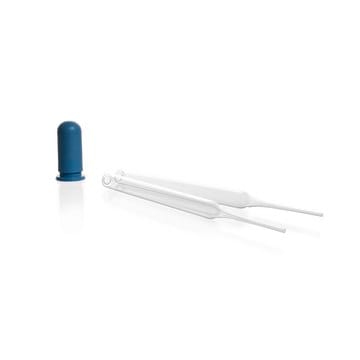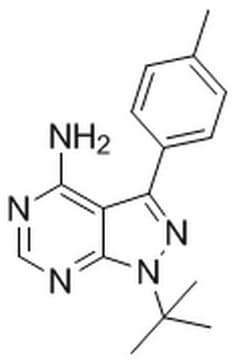HKI2MAG-99K
MILLIPLEX® Human Kidney Injury Magnetic Bead Panel 2 - Toxicity Multiplex Assay
The analytes available for this multiplex kit are: α-1-Microglobulin, Albumin, Clusterin, Cystatin C, EGF, Lipocalin-2/NGAL, and Osteopontin (OPN).
Synonym(s):
Human Kidney Toxicity Multiplex Assay, Luminex® Human Kidney Toxicity Assay, Millipore Human Kidney Toxicity Panel
About This Item
Recommended Products
Quality Level
species reactivity
human
manufacturer/tradename
Milliplex®
assay range
accuracy: 95-109%
sensitivity: 0.015-5.359 ng/mL
(MinDC = 2SD)
standard curve range: 0.01-10 ng/mL
(EGF)
standard curve range: 0.02-20 ng/mL
(Lipocalin-2/ NGAL)
standard curve range: 0.20-200 ng/mL
(Cystatin C)
standard curve range: 0.59-600 ng/mL
(Osteopontin (OPN))
standard curve range: 0.98-1,000 ng/mL
(α-1-Microglobulin)
standard curve range: 3.91-4,000 ng/mL
(Albumin)
standard curve range: 4.88-5,000 ng/mL
(Clusterin)
inter-assay cv: <20%
intra-assay cv: <10%
technique(s)
multiplexing: suitable
detection method
fluorometric (Luminex xMAP)
shipped in
wet ice
General description
The MILLIPLEX® portfolio provides valuable research assays to investigate multiple biomarkers of kidney injury in human urine samples using the Luminex® xMAP® instrument platform. The analytes available for this multiplex kit are: α-1-Microglobulin, Albumin, Clusterin, Cystatin C, EGF, Lipocalin-2/NGAL, and Osteopontin (OPN).
Panel Type: Toxicity
Specificity
There was no or negligible cross-reactivity between the antibodies for an analyte and any of the other analytes within a panel.
Application
- Analytes: α-1-Microglobulin, Albumin, Clusterin, Cystatin C, EGF, Lipocalin-2/NGAL, Osteopontin (OPN)
- Recommended Sample type: Urine
- Recommended Sample dilution: 1:100 in kit Assay Buffer. Customers need to determine the optimal dilution factor for their samples. Our recommendations are based on urine samples from normal subjects.
- Assay Run Time: Overnight
- Research Category: Toxicity
Features and Benefits
Other Notes
Legal Information
Disclaimer
Signal Word
Danger
Hazard Statements
Precautionary Statements
Hazard Classifications
Acute Tox. 3 Dermal - Acute Tox. 4 Inhalation - Acute Tox. 4 Oral - Aquatic Chronic 2 - Eye Dam. 1 - Skin Sens. 1 - STOT RE 2
Target Organs
Respiratory Tract
Storage Class Code
6.1C - Combustible acute toxic Cat.3 / toxic compounds or compounds which causing chronic effects
Regulatory Listings
Regulatory Listings are mainly provided for chemical products. Only limited information can be provided here for non-chemical products. No entry means none of the components are listed. It is the user’s obligation to ensure the safe and legal use of the product.
JAN Code
HKI2MAG-99K:
HKI2MAG-99K-04:
HKI2MAG-99K-07:
HKI2MAG-99K-03:
HKI2MAG-99K-05:
HKI2MAG-99K-02:
HKI2MAG-99K-01:
HKI2MAG-99K-06:
Certificates of Analysis (COA)
Search for Certificates of Analysis (COA) by entering the products Lot/Batch Number. Lot and Batch Numbers can be found on a product’s label following the words ‘Lot’ or ‘Batch’.
Already Own This Product?
Find documentation for the products that you have recently purchased in the Document Library.
Related Content
Multiplex kidney toxicity assays detect nephrotoxicity biomarkers in small samples, minimizing time and costs for toxicity screening.
MILLIPLEX® toxicity assays advance liver, kidney, and genotoxicity research by simultaneously measuring multiple toxicity biomarkers.
Discover the benefits of MILLIPLEX® multiplex assays, based on Luminex® xMAP® multiplex assay technology, that provide consistent, high-quality results and see how these multiplex biomarker Luminex® assays are being used to advance research.
Our team of scientists has experience in all areas of research including Life Science, Material Science, Chemical Synthesis, Chromatography, Analytical and many others.
Contact Technical Service











